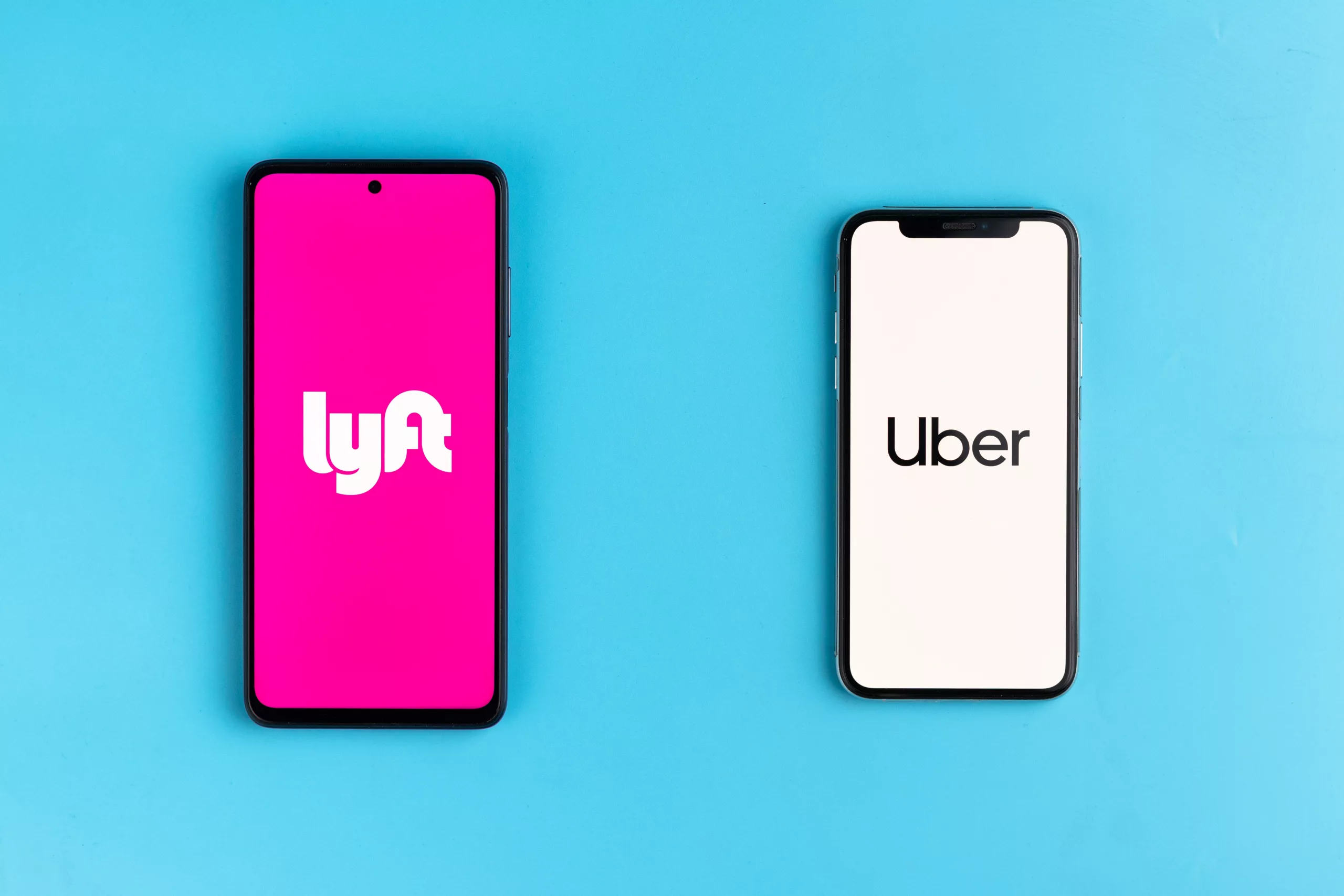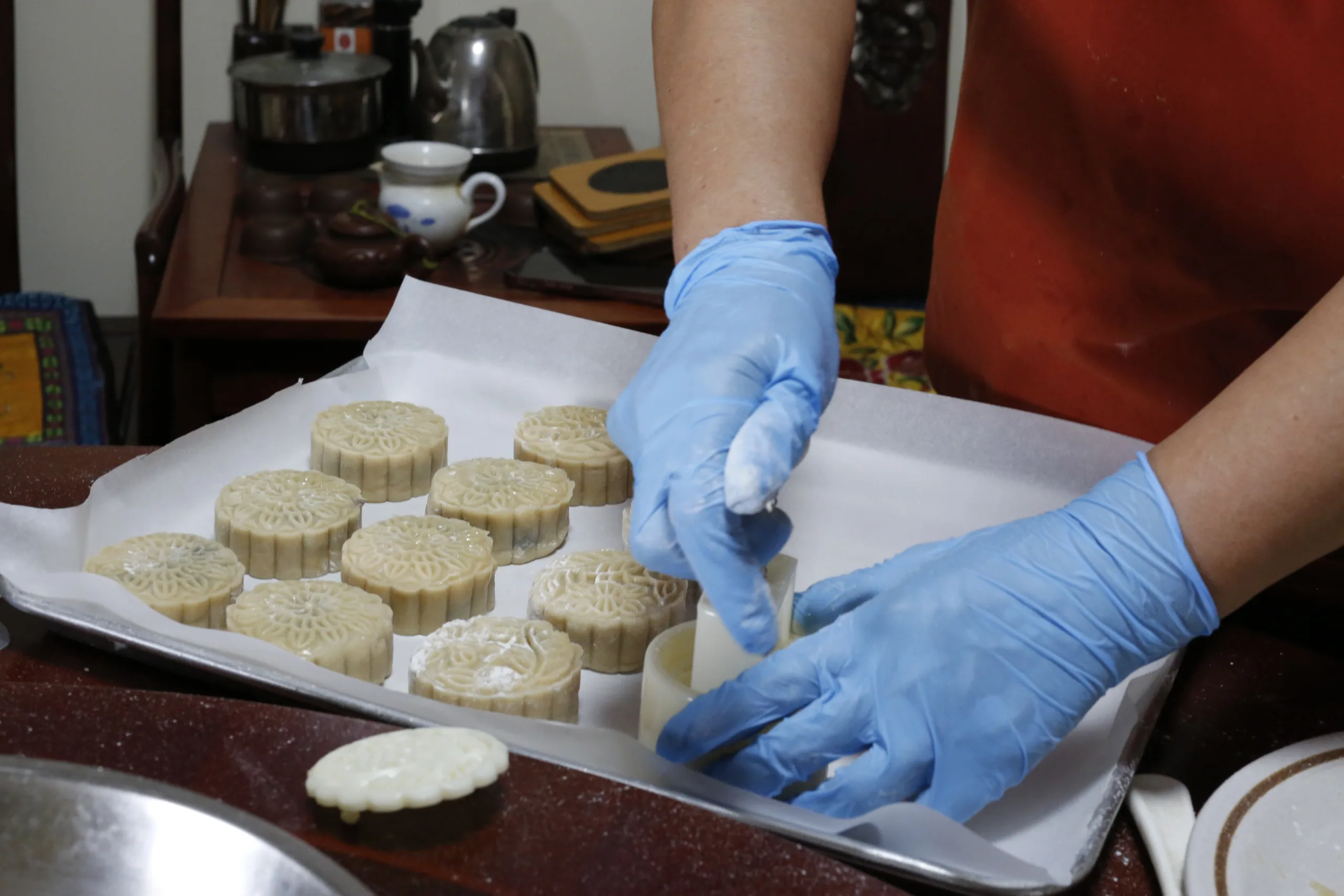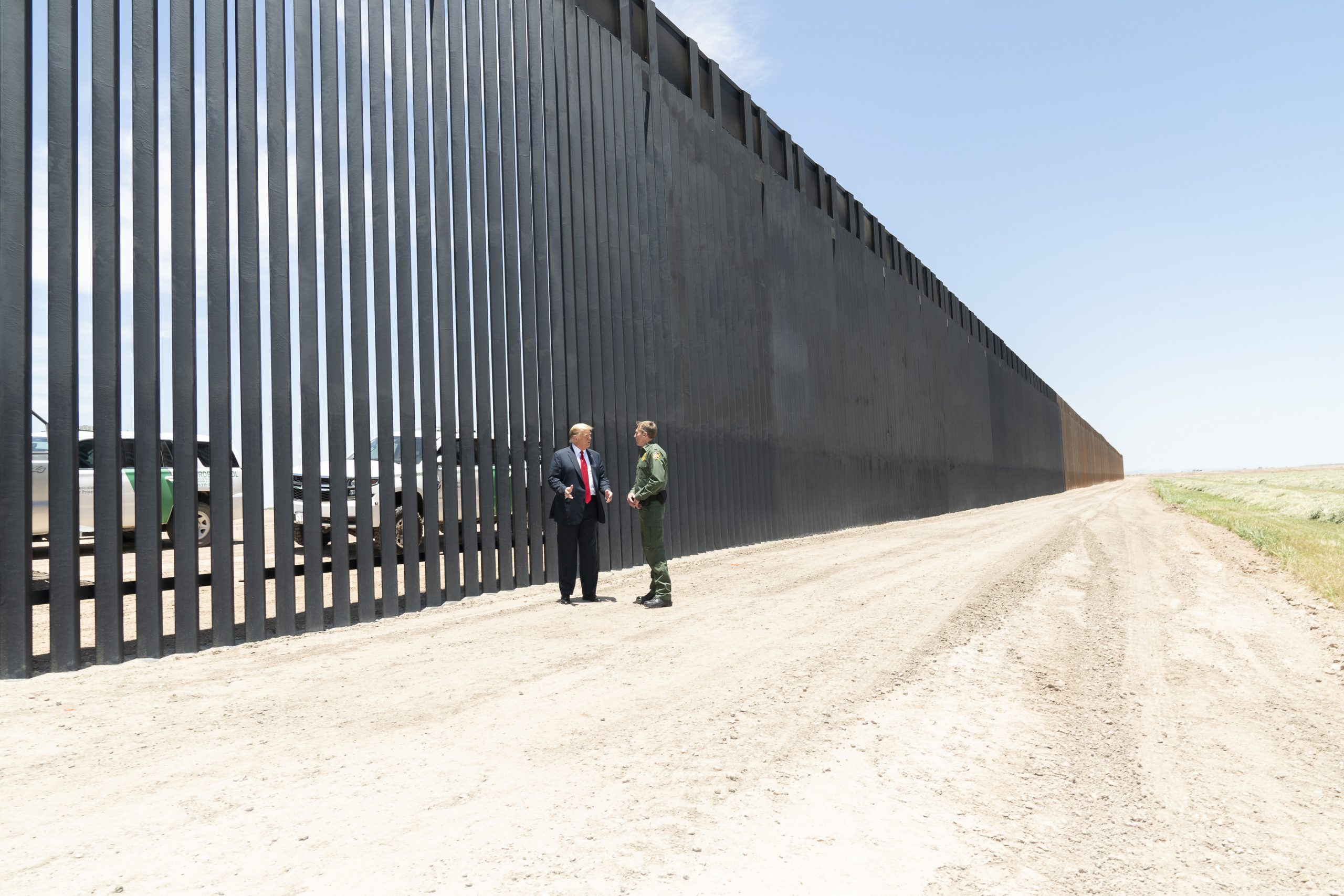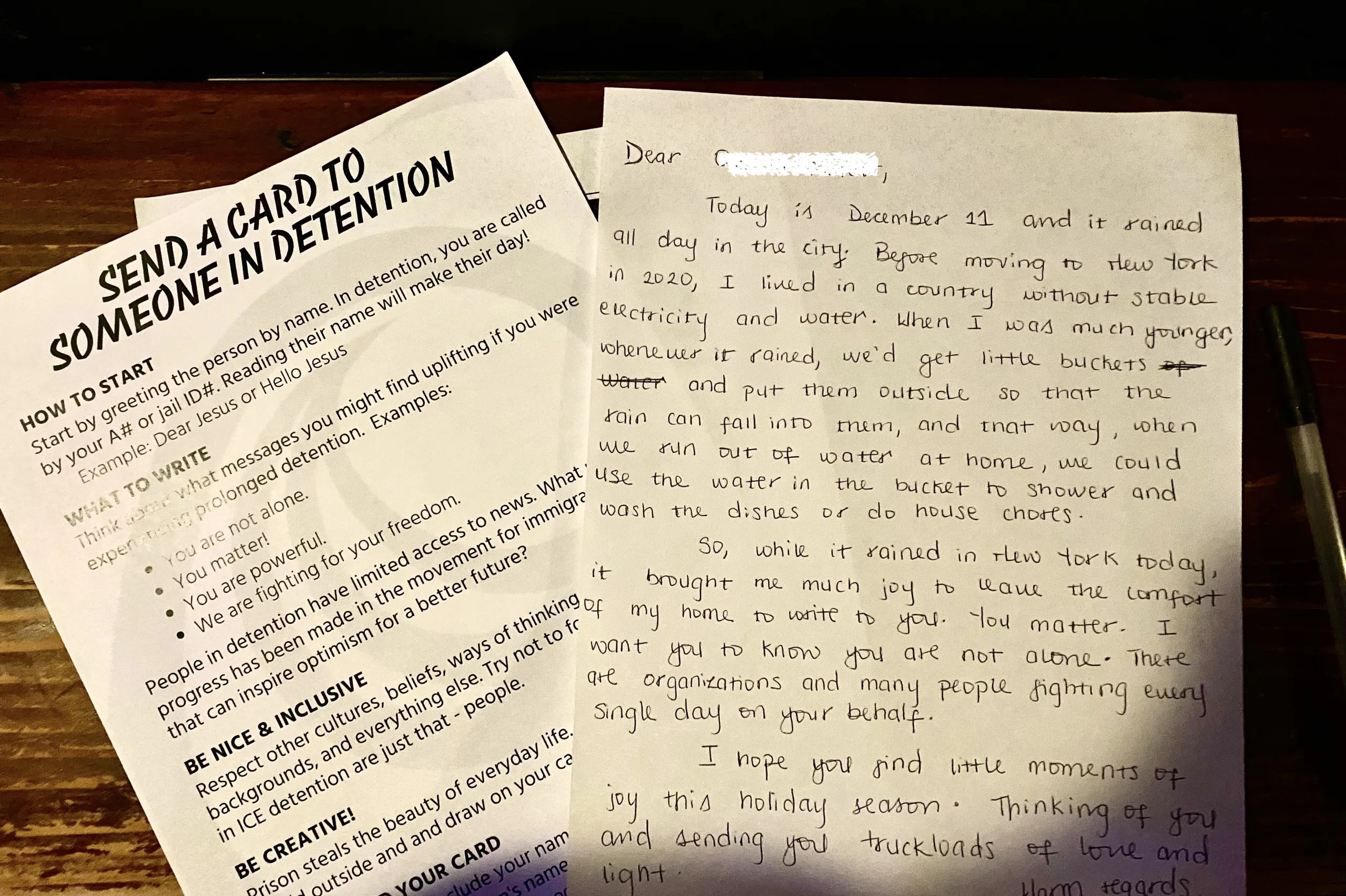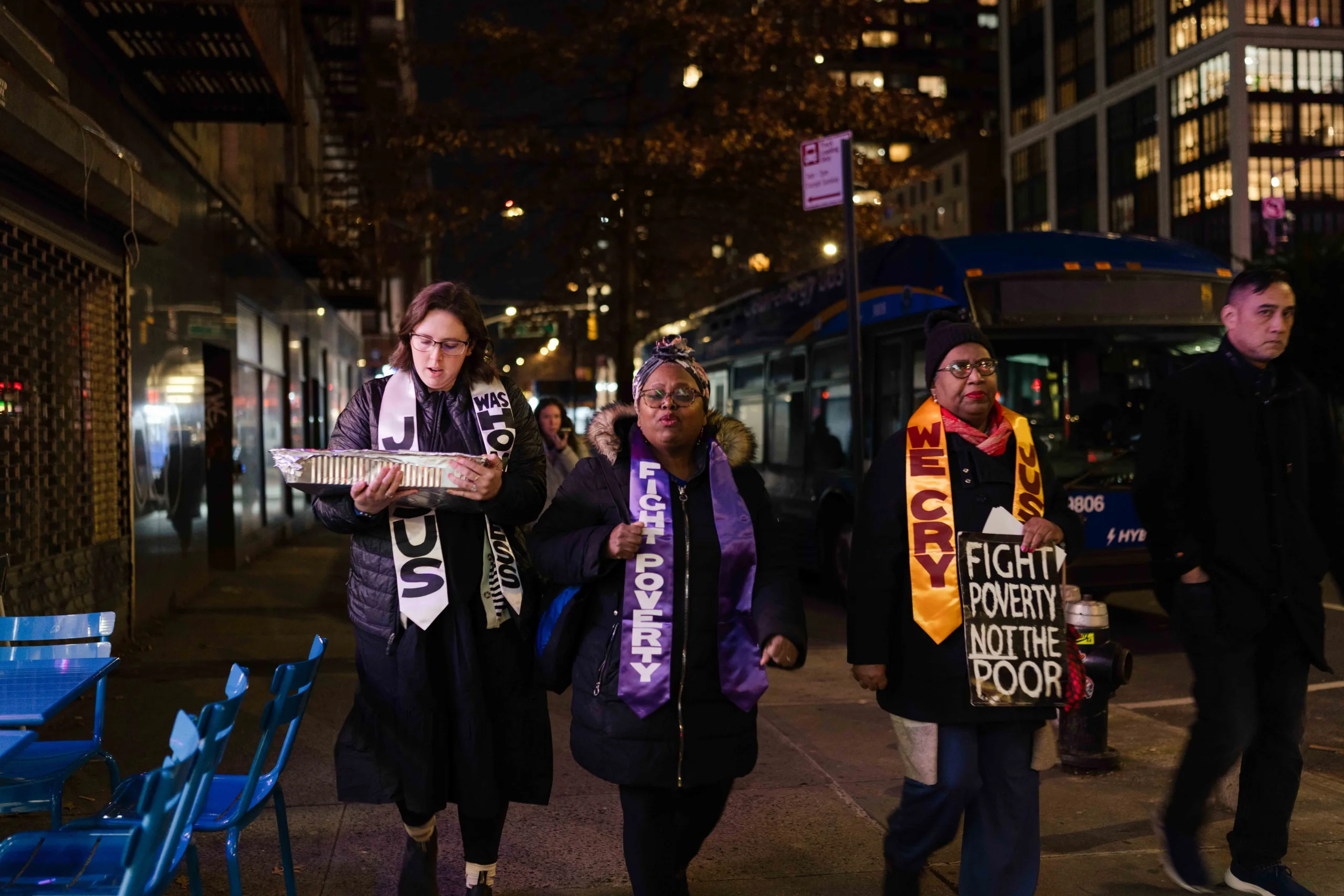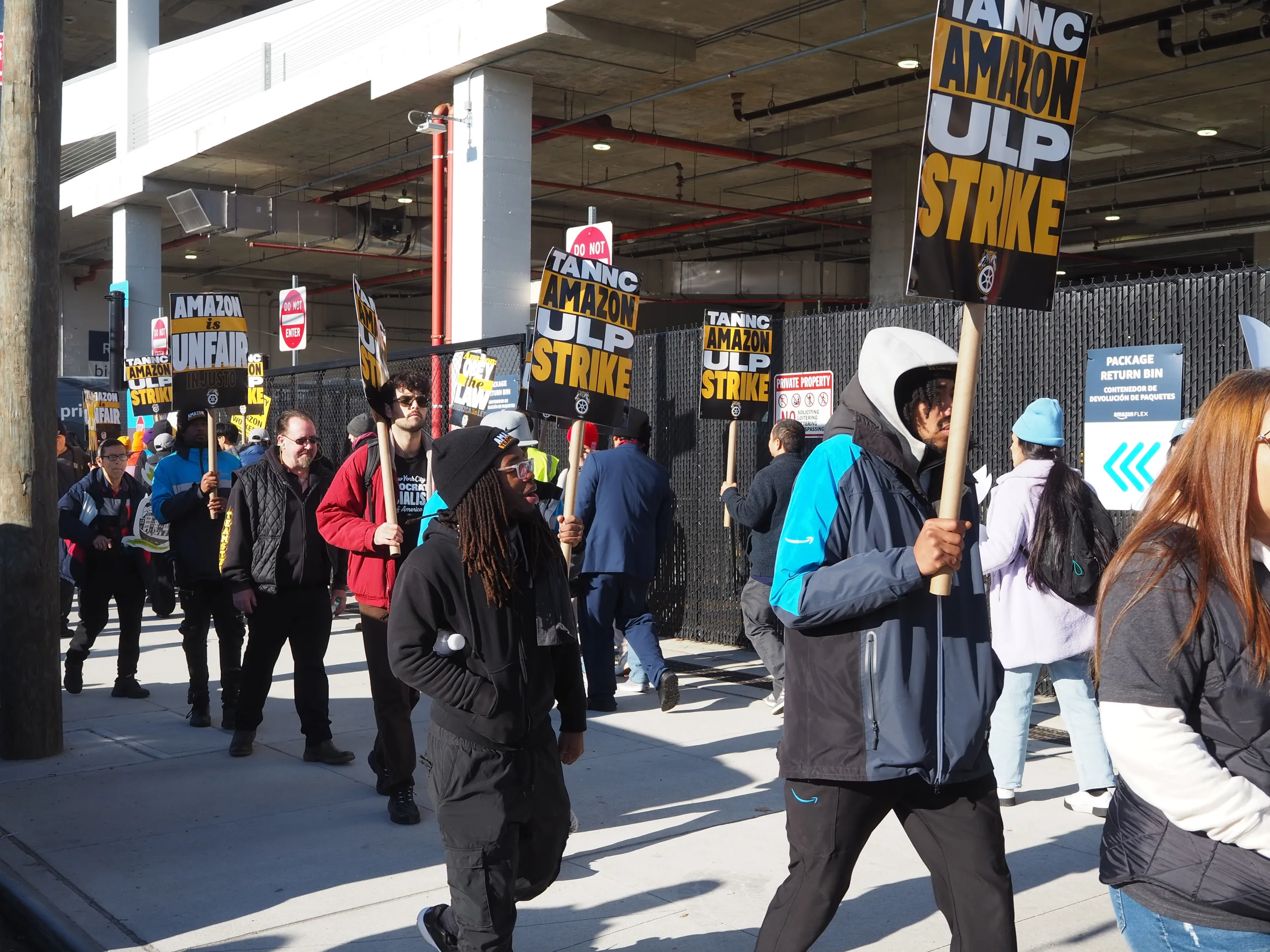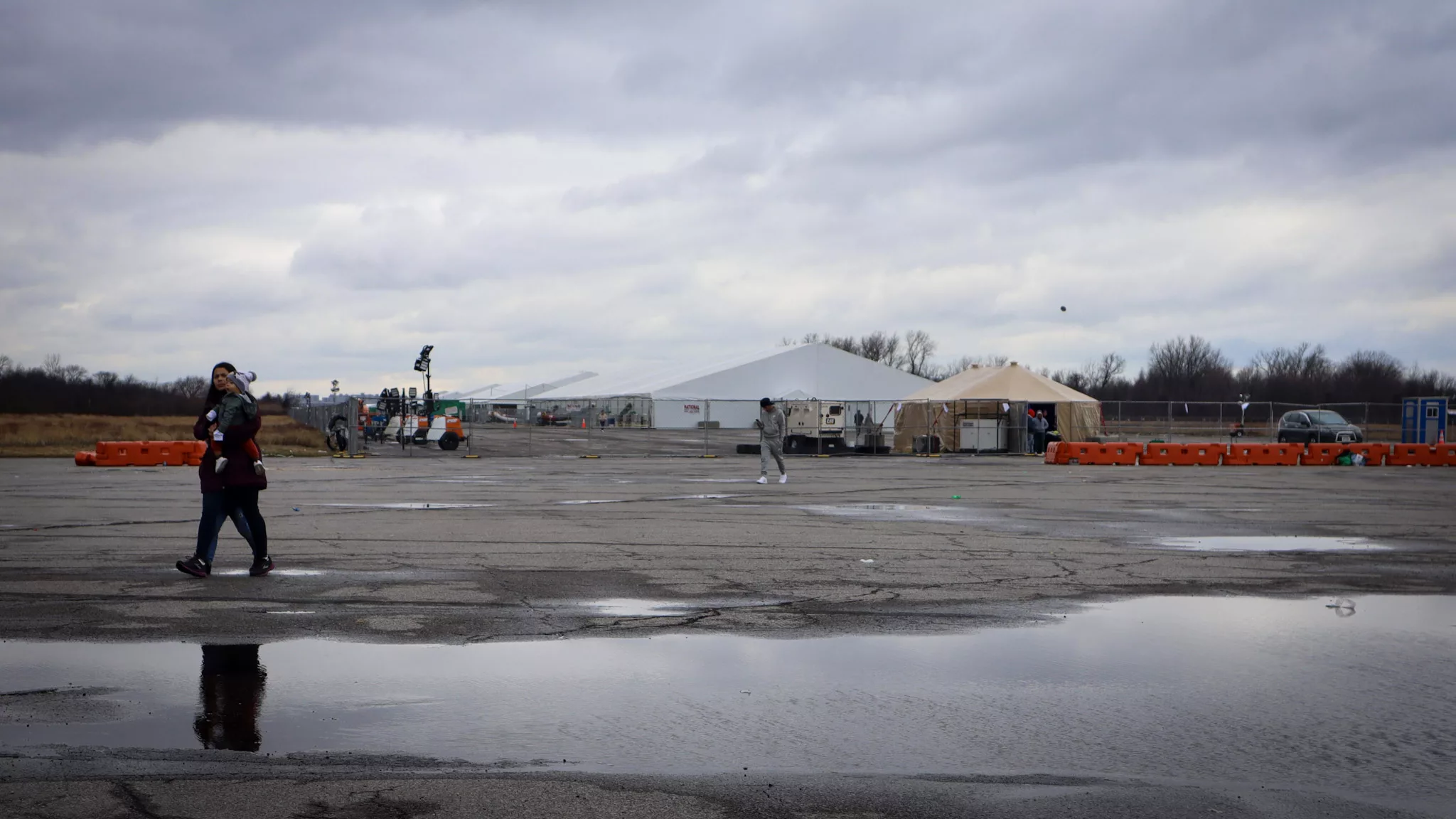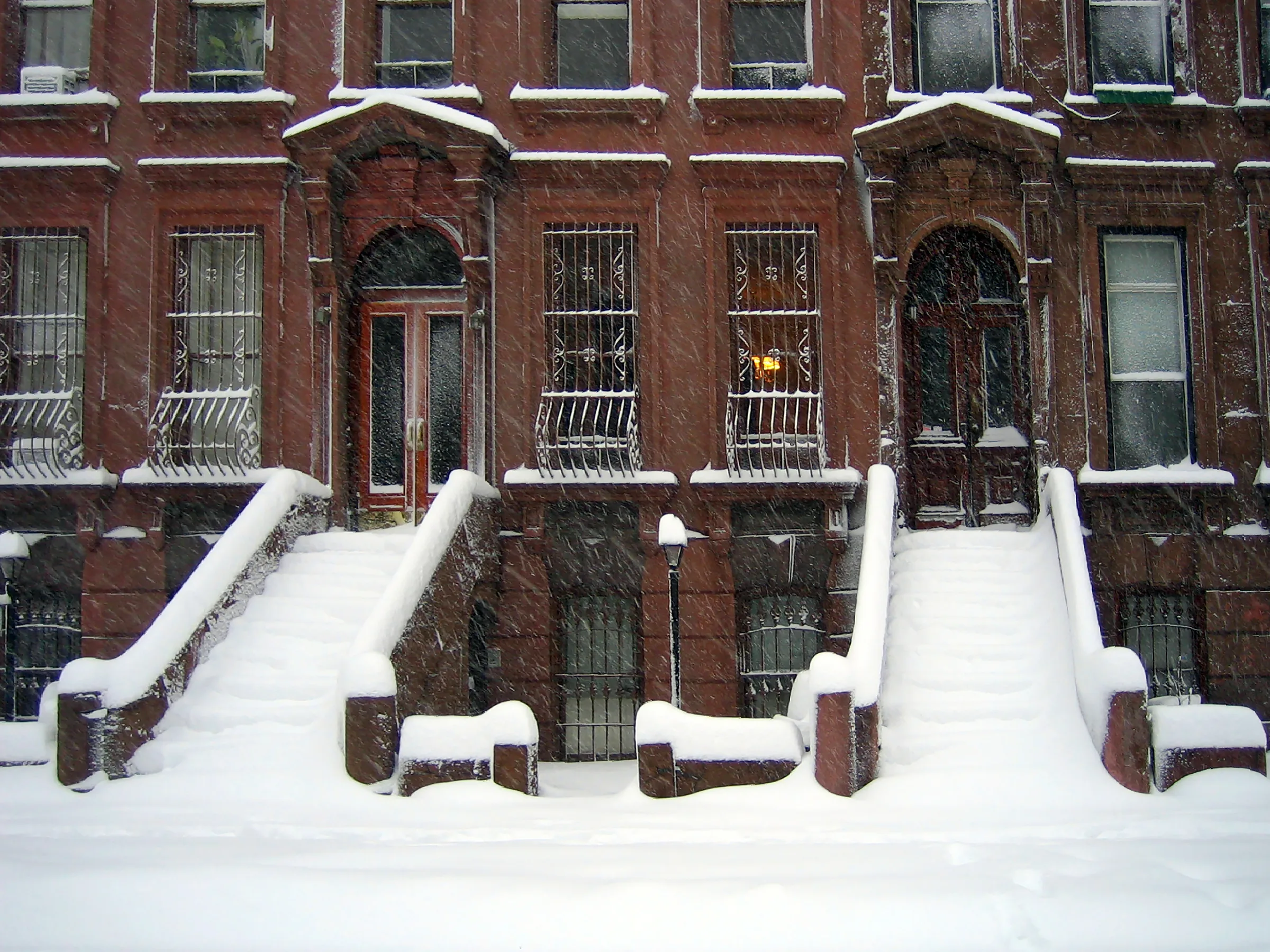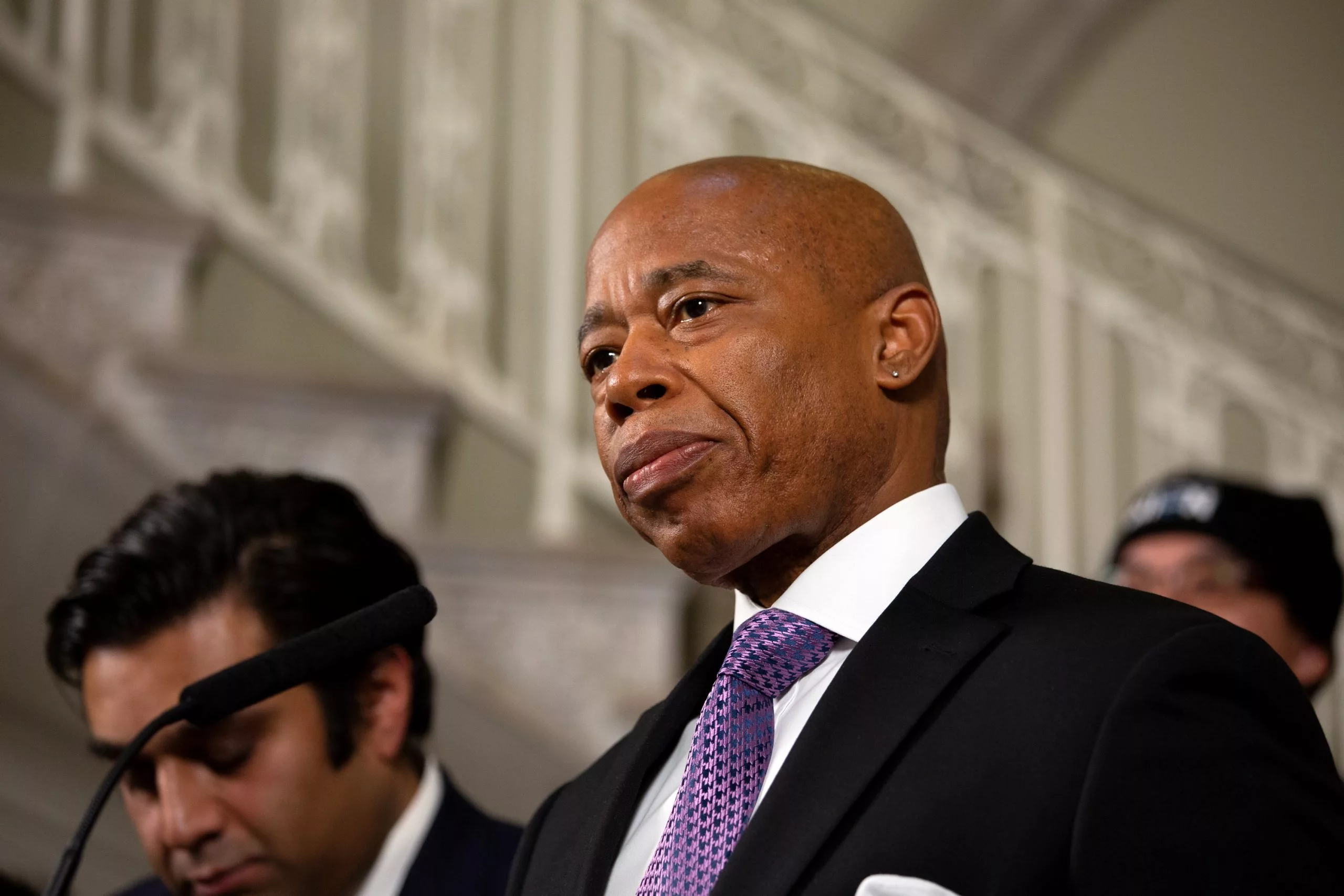On the Tuesday morning after Labor Day, 62-year-old Uber driver, Etykala Reddy, awoke in his home in Queens to find that he was once again locked out of his app. It was not the first time Reddy, an immigrant from India, had been locked out. For over a year he has been randomly locked out of the Uber app mid-shift.
“It doesn’t tell me how long I’m going to be locked out or where I’m going to be locked out,” he said during a phone conversation in his car. “ It all surprises. Right now I’m on the streets driving aimlessly until I get back online”
What made this Tuesday morning even more frustrating for Reddy was the fact that Uber had pledged to end lockouts by Labor Day. Yet the day after, several drivers who spoke to Documented shared screenshots showing that they were still experiencing lockouts.
“Hell yes, I’m still being locked out,” said Saif, a 51-year-old driver from Yemen. “Yesterday I couldn’t work and I was home all day.”
On July 31, Mayor Eric Adams announced that his administration had reached an agreement with Uber and Lyft to reduce driver lockouts. Under the mayor-brokered agreement, Uber agreed to immediately phase out lockouts by Labor Day. To reduce competition between them, both Uber and Lyft agreed to limit the number of new drivers on the road by pausing their onboarding of new drivers.
Also Read: Unions Split Over Mayor’s Deal to Ease Uber & Lyft Driver Lockouts
Lyft also agreed to minimize lockouts during the onboarding pause. In exchange for voluntarily agreeing to ease lockouts, the apps were able to avoid further city regulations.
The announcement was met with controversy, with the Independent Drivers Guild celebrating the plan, while the New York Taxi Workers Alliance (NYTWA) called the plan a “corporate giveaway.”
Yet, with the Labor Day deadline coming to pass, drivers say lockouts haven’t yet abated.
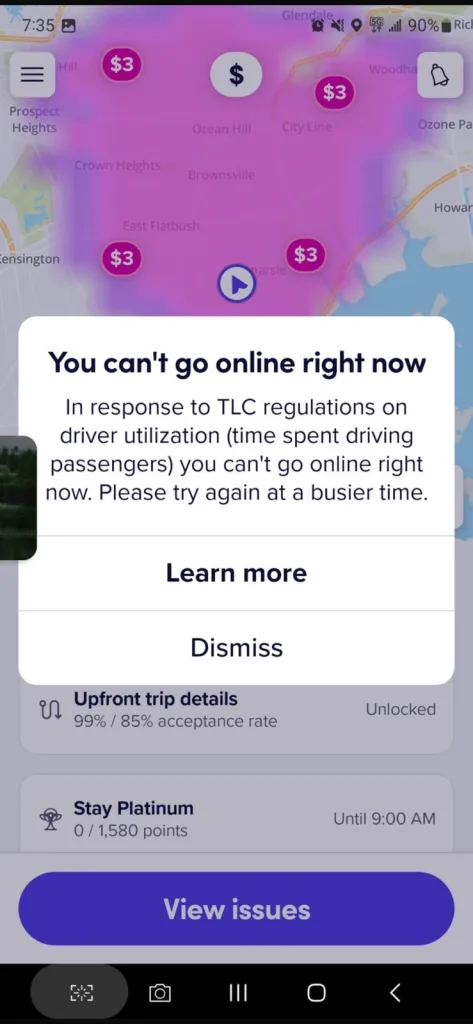
“The lockouts are so bad for us, I’m still at home,” said Ali Haider, a 45-year-old immigrant from Pakistan.
Last year, Haider said he would often make well over $2,000 a week driving for Uber but now, he’s lucky to bring home $500.
“I’m too much depressed and all day stay in stress because we left the family to make a living but we sit in the car all day making nothing,” he said. “It doesn’t make sense.”
Uber began locking out drivers in earnest last June in response to the implementation of former Mayor Bill de Blasio’s rule mandating rideshare apps pay drivers a minimum rate of $17.22 per hour for the time they wait between trips.
The formula the city uses to determine the minimum per-trip payment for a driver takes into account a driver’s total working time, which includes the time spent driving a passenger, otherwise known as the utilization rate, as well as the time spent waiting for a new fare, and the time spent traveling to pick up a passenger.
To determine an individual driver’s utilization rate, the NYC Taxi & Limousine Commission (TLC) divides the amount of time a driver spends with a passenger by the total amount of time that a driver is available to accept a new fare. If a driver has to wait between trips, Uber and Lyft are required to pay that driver the mandated minimum.
To avoid paying the utilization rate, both Uber and Lyft lockout drivers to reduce the number of drivers they would be required to pay the minimum rate. When divers are locked out Uber and Lyft blame city regulations for forcing them to take such harsh measures.
But the effects of lockouts are finically squeezing drivers like Reddy who never know when they will be locked out next.
“It’s very stressful because it’s all suspense,” he said. “Sometimes the whole day you don’t go online.”
Bhairavi Desai, President of the NYTWA, says that she has been hearing cases of lockouts occurring post-Labor Day among her membership, and she criticized the mayor’s plan for failing to permanently meet driver’s demands.
“Uber and the city added insult to injury with their empty promises,” she said. “A collusive voluntary agreement between two companies was never going to end the drivers’ crisis, but actually deepen it. The city can regulate to close the loopholes, end lockouts, and raise the rates drivers are being paid to make up for their loss of trips.”
Lyft did not respond to Documented’s request for comment. Uber’s spokesperson, Josh Gold, however, denied that lockouts were occurring.
“Access restrictions were removed,” he said without elaborating further.
While the mayor’s office didn’t immediately respond to Documented’s request for comment, Jason Kersten, TLC press secretary, acknowledged cases of lockouts.
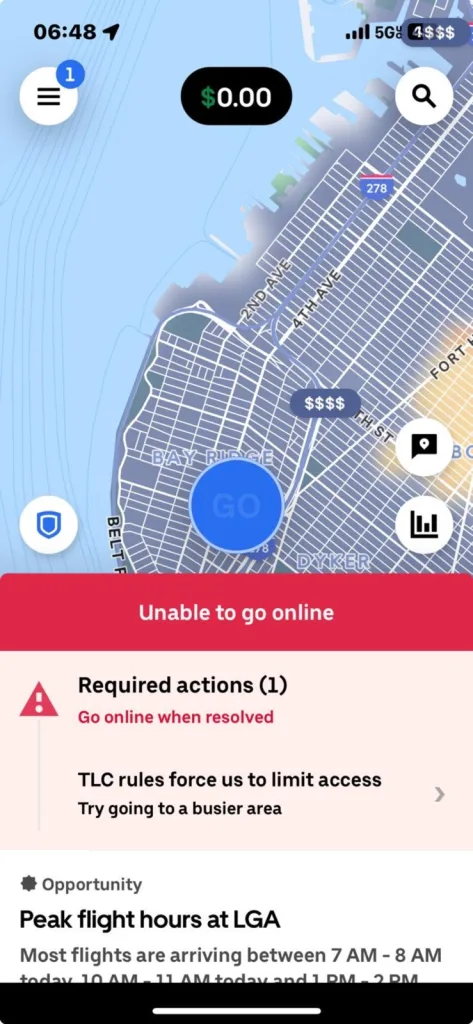
“We are in touch with Uber and aware of reports that some drivers still can’t log into the app,” he said. “We are monitoring the situation closely and remain committed to finding long-term solutions to discourage the apps from locking out drivers in the future.”
In the meantime, the NYTWA is planning a major rally on Wednesday to demand a permanent solution for the lockout crisis and is willing to launch a strike if their demands are not met.
Reddy is also ready to strike as well. Although he is 62, he can’t afford to retire anytime soon. Nor is he in a position to switch careers. Driving is all he knows.
“I’m doing this all my life,” he said. “I can’t do anything else.”
